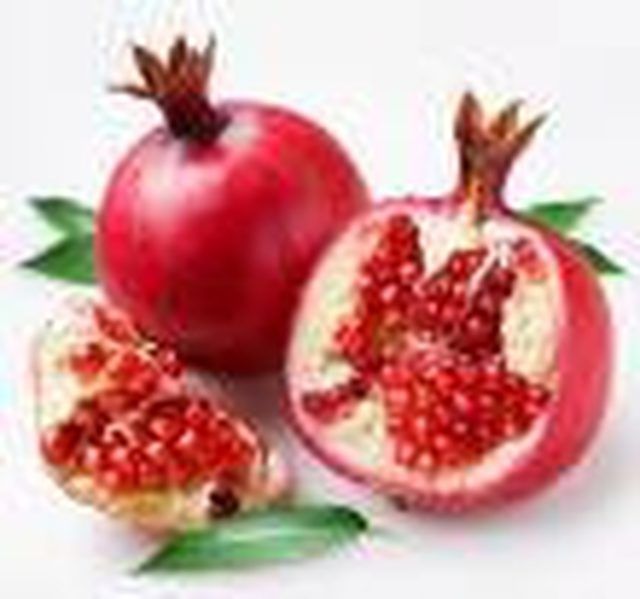Bulbs
Flower Basics
Flower Beds & Specialty Gardens
Flower Garden
Garden Furniture
Garden Gnomes
Garden Seeds
Garden Sheds
Garden Statues
Garden Tools & Supplies
Gardening Basics
Green & Organic
Groundcovers & Vines
Growing Annuals
Growing Basil
Growing Beans
Growing Berries
Growing Blueberries
Growing Cactus
Growing Corn
Growing Cotton
Growing Edibles
Growing Flowers
Growing Garlic
Growing Grapes
Growing Grass
Growing Herbs
Growing Jasmine
Growing Mint
Growing Mushrooms
Orchids
Growing Peanuts
Growing Perennials
Growing Plants
Growing Rosemary
Growing Roses
Growing Strawberries
Growing Sunflowers
Growing Thyme
Growing Tomatoes
Growing Tulips
Growing Vegetables
Herb Basics
Herb Garden
Indoor Growing
Landscaping Basics
Landscaping Patios
Landscaping Plants
Landscaping Shrubs
Landscaping Trees
Landscaping Walks & Pathways
Lawn Basics
Lawn Maintenance
Lawn Mowers
Lawn Ornaments
Lawn Planting
Lawn Tools
Outdoor Growing
Overall Landscape Planning
Pests, Weeds & Problems
Plant Basics
Rock Garden
Rose Garden
Shrubs
Soil
Specialty Gardens
Trees
Vegetable Garden
Yard Maintenance
What to Feed a Pomegranate Tree
What to Feed a Pomegranate Tree. Pomegranates are nutritious fruits that ripen in the late summer or fall. Also known as Punica granatum, the pomegranate forms on a shrublike small tree that grows in semiarid areas that have mild temperatures. It is a hardy tree that can live for 200 years or more if grown in the right conditions. Pomegranate juice...

Pomegranates are nutritious fruits that ripen in the late summer or fall. Also known as Punica granatum, the pomegranate forms on a shrublike small tree that grows in semiarid areas that have mild temperatures. It is a hardy tree that can live for 200 years or more if grown in the right conditions. Pomegranate juice is said to be healthful with its antioxidant properties and is sometimes taken to combat prostate cancer and diabetes.
History and Description
Hailing from the Middle East, pomegranates have been cultivated for centuries. In 1769, Spanish explorers introduced the pomegranate to California, where it has become a commercial crop. It is also grown in Arizona. The unusual pomegranate fruit is round, up to 5 inches wide. It has a tough skin that turns yellow-red when ripe. Inside, the fruit consists of numerous "cells" or "sacs" filled with sweet- and sour-tasting pulp.
Nutritional Value
Pomegranate fruit is low in saturated fat, cholesterol and sodium. It provides dietary fiber and folate. Its vitamin C content is 48 percent of daily values; calcium comprises 3 percent and iron makes up 5 percent. A 4-inch pomegranate contains 234 calories, much of which comes from sugars. Its carbohydrate content is high---53 percent.
Growing Pomegranates
If you live in a dry region with a mild to subtropical climate, try growing pomegranates. Its northern range in the United States extends to southern Utah and Washington, D.C., but it produces fruit better farther south. Purchase pomegranates from nursery stock and plant in a sunny location. Part shade is also acceptable. Expect fruit to drop during your tree's first 3 to 5 years of life---after that, they keep fruit better.
Fertilizing Pomegranates
Use 4 oz. ammonium sulfate or another nitrogen-rich fertilizer twice during the tree's first two spring seasons. Apply fertilizer sparingly after this age, but if you want, you can spread composted manure or another form of compost once each year, at the beginning of the tree's growth cycle in March. For established trees, apply 2 lbs. of an 8-8-8 fertilizer in November---double that amount for older trees. Do not overfertilize or overwater pomegranates.
Interesting Facts About Pomegranates
Pomegranates are called Grenada in Spanish and Grenade in French. Along with red currants, they are made into the sweet, red syrupy liqueur Grenadine, which is added to mixed drinks, including the Tequila Sunrise and Shirley Temple.
If you grow pomegranates, you'll find they are easy because most pests and diseases do not bother them. Gophers don't eat their roots, but watch out for deer, which like to eat the leaves.